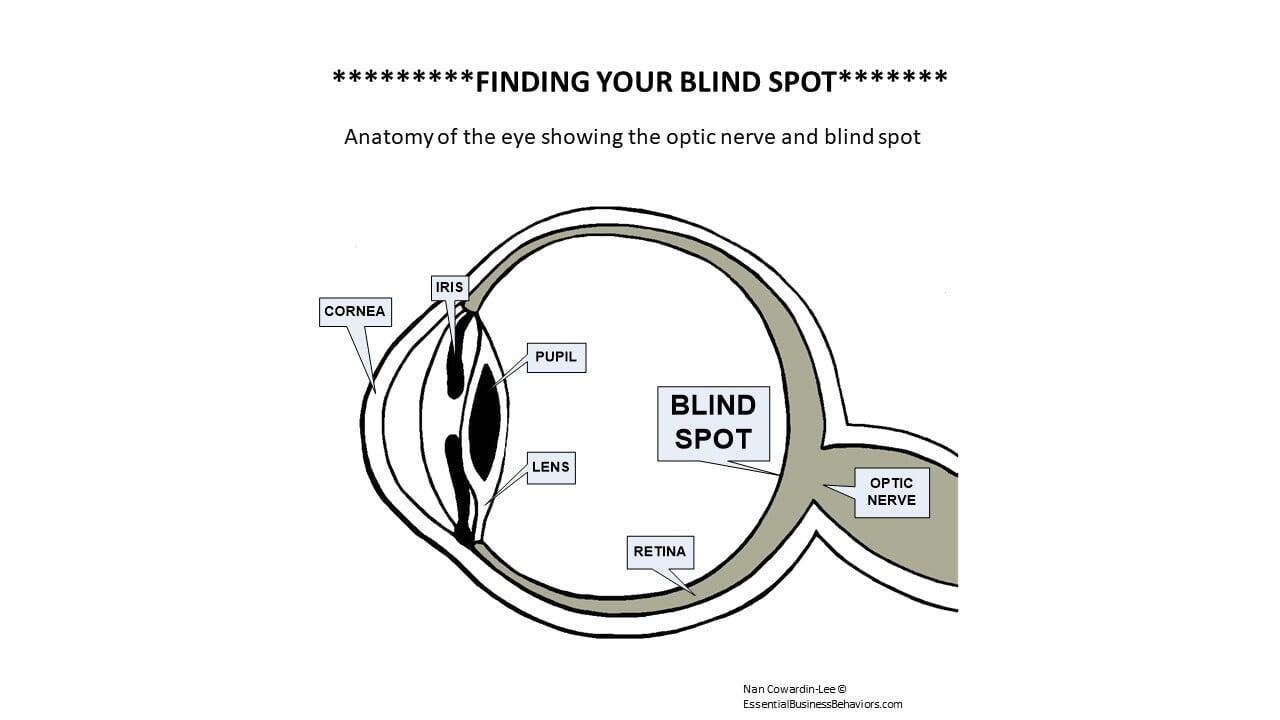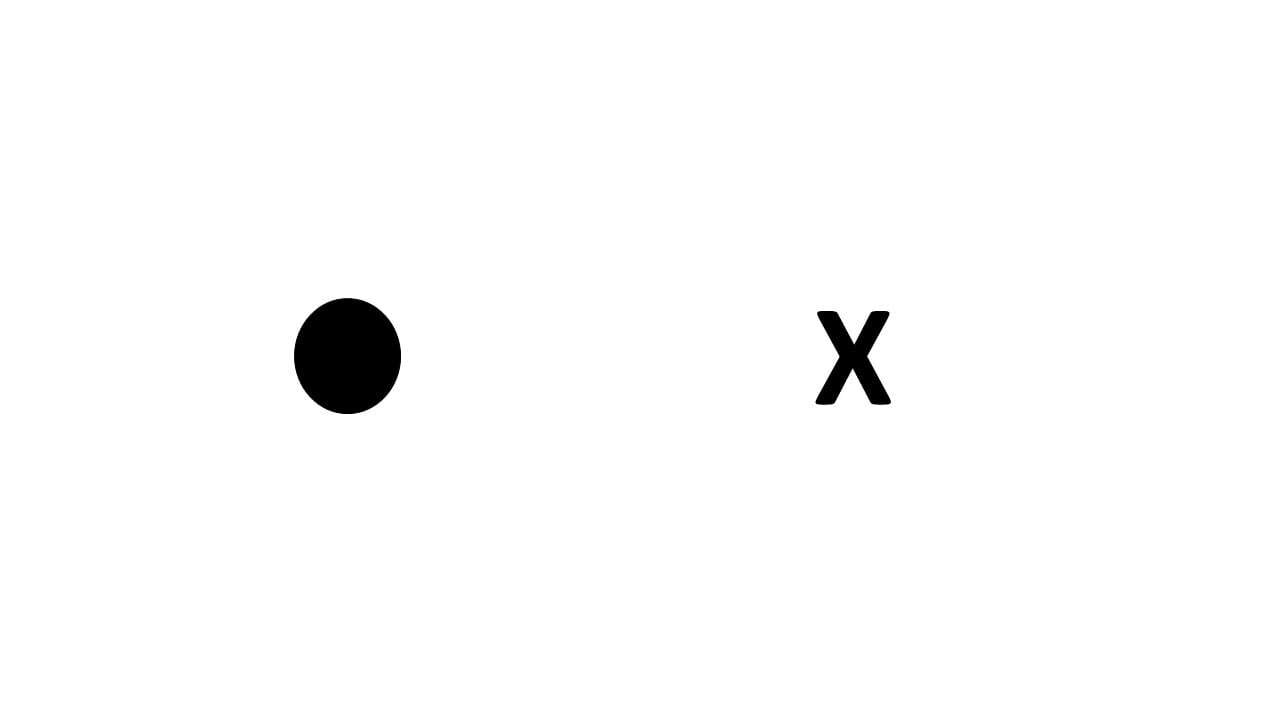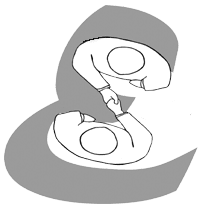
It's easier to comprehend the nature of bullying behaviors and implicit bias if we understand the limitations of our anatomy that support those behaviors. We all share this anatomy, no matter how special we think we may be. What we see and do not see can seem like a choice when it comes to bullying and other abusive behaviors, but that is not the entire story. This explanation about our "lack of seeing" is not an excuse for ignoring blatant behavior, but acknowledging our blind spot does lead to some understanding of why, as humans, we need to fill in the blanks. This unconscious and automatic need leads to justifications and the creation of individual perceptions, biases, and disinformation in how we process the world around us.
Humans are, in general, 85% visual. Therefore, it is safe to assume that most of our perception of reality and the fear impulse response is generated through perceptions registered by the optical system that begins with the eyes--those sense portals attuned to the outside world. Despite the sensation that we are constantly taking in and processing visual information through this system, the eyes are attuned to patterns and the immediacy of the moment, and memory play an integral part in determining what is to be feared or not. The information registered by the visual system is categorized and relayed by neurotransmitters to appropriate parts of the brain and central nervous system for action.
One additional glitch in our visual stem also alters the perception of awareness. That glitch is an actual "blind spot" in the system. This evolutionary blind spot complicates this narrative about abuse and the human condition. Finding this blind spot tells us our perception of the outer world, and the information we take into that system is incomplete. We "see" because the retina of the eye is filled with light-receptive cones that allow us to experience light and color and formulate them into shapes and movements through our connective neurons in the brain. The blind spot exists in this connection point—in a tiny portion of the retina where the optic nerve sends data to the brain. There are no photoreceptor cones in the optical disk; therefore, there is no image detection.
These blind spots are located to the right of the center of vision in the right eye and vice versa in the left eye. With both eyes open, the blind spots are not perceived because the visual fields of the two eyes overlap. Indeed, even with one eye closed, the blind spot can be challenging to detect because of the ability of the brain to “fill in” or ignore the missing portion of the image much as a modern motion picture film leaps forward so fast that we do not see the tiny spaces between the frames. We have a sensation of receiving and recording a seamless life experience, and that is how we communicate our perceptions.
Whether this particular blind spot correlates to the blind spot we have about our personalities and behavior is open to debate. Along with several other biases that affect our decision-making processes, scientists recognize a "blind spot bias" that allows humans to see bias in others but not within ourselves. However, the exercise that follows will allow you to experience your own visual blind spot and is powerful enough to illustrate the fact that humans are neither all-knowing nor all-seeing. Just as our brain gestalts or fills in the missing pieces of our vision to create a seamless appearance of wholeness, our view of ourselves in the world is also subject to a blind spot.
Historical Note: The blind spot was discovered in the 17th century by Edme Mariotte, French physicist, plant physiologist, Roman Catholic priest and founder of the French Academy of Sciences. There is a notation in the records that the good doctor used his knowledge of the blind spot as a magical party trick for King Louis XIV and the court at Versailles to make a coin “disappear” before their eyes.
INSTRUCTIONS: Look at the images below. Create these two marks on one piece of paper and hold the paper so that the two figures are the only thing you see. Hold the page with both of your hands directly in front of your face. Line up the page so the dot is directly in front of your left eye and the cross is directly in front of your right eye.
Next, hold the paper with your right hand. Take your left hand and cover your left eye completely. Switch your vision and stare at the dot in front of your covered left eye with your uncovered right eye. Keep staring at the dot.
Now move the page closer and further away from your face with your right hand. At some point, the cross will disappear from your field of vision. Now you have found your personal blind spot!

